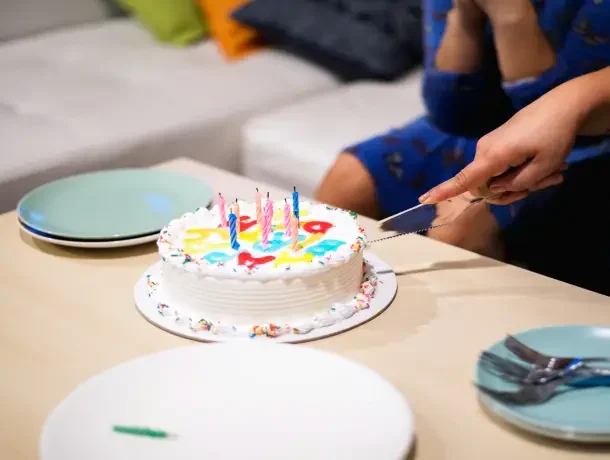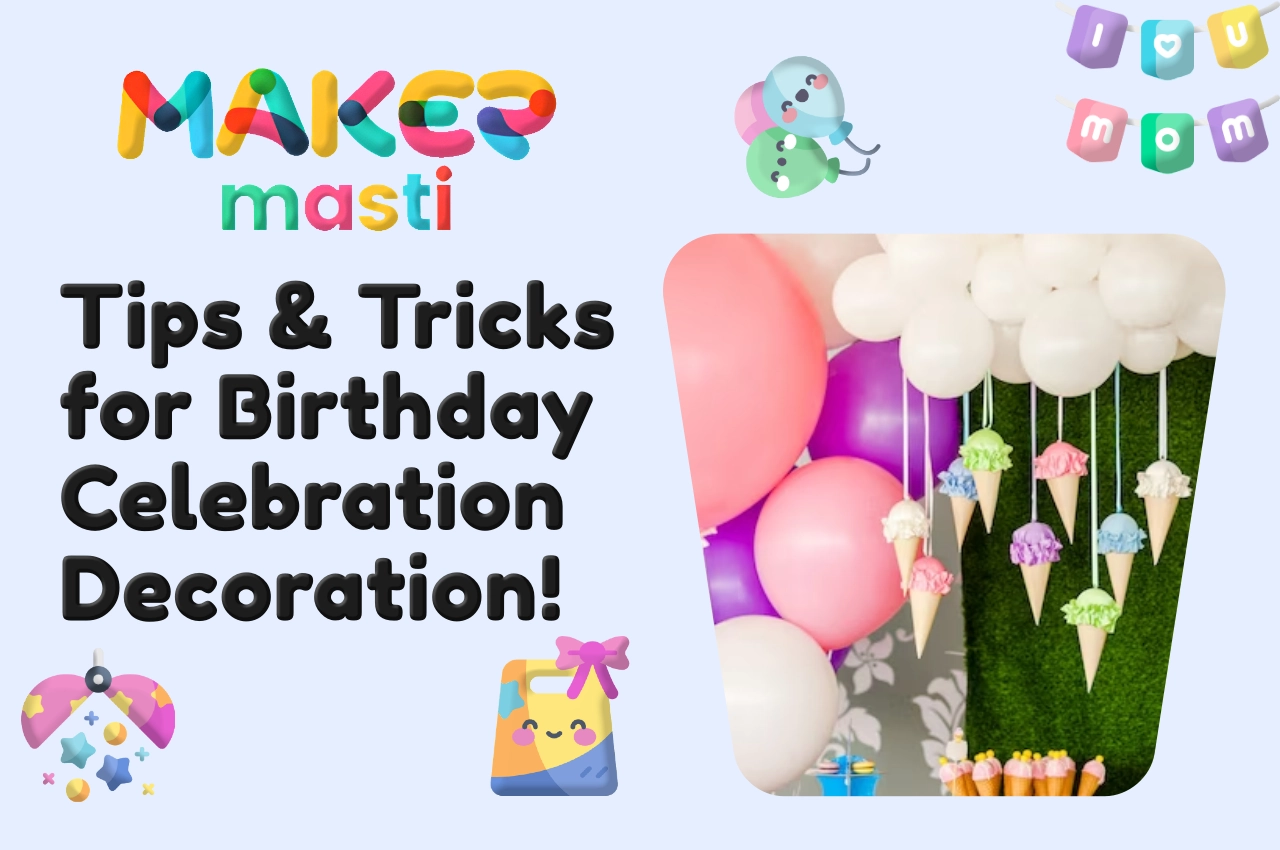Table of Contents
For a number of reasons, successful party and event planning is essential to making any celebration—personal or professional—successful and unforgettable. Here are few elements for a successful party and event planning.
- Smooth Execution: Careful planning reduces the likelihood of last-minute problems or disturbances by enabling a well-organized event. It guarantees that every aspect—from choosing the right location to handling guests—is planned with precision.
- Budget Management: By establishing a precise budget and distributing cash sensibly, planning aids in the control of spending. This keeps expenses in check and guarantees that all required event expenses are met without putting a strain on finances.
- Guest Satisfaction: Guest satisfaction is achieved by careful planning that takes into account the wants and needs of the visitors, resulting in a welcoming and pleasurable environment. This involves making accommodations for special dietary needs, offering age-appropriate entertainment, and guaranteeing accessibility.
- Remarkable Experience:A memorable experience is produced by careful planning, which pays attention to details like theme, décor, and activities. This results in a seamless, immersive event that makes an impression on guests long after it ends.
- Stress Reduction: The stress of planning an event is lessened when there is a clear plan in place. Hiring a party and event planning team will assist in knowing that everything is under control enables the host to enjoy the event with the guests.
- Backup Plan Preparedness: As part of planning, one must be ready for unforeseen circumstances or crises. This preparedness guarantees that any unforeseen problems may be handled quickly and effectively, preserving the seamless operation of the event.
Defining the Purpose and Scope of Party and Event Planning

The first step in the party and event planning process is defining the goal and parameters of the event. It establishes the course for all decisions and acts that follow, making sure the event satisfies both the host’s goals and the guests’ expectations.
- It is important to know why you are organising the event. The goal can be very different and could be birthdays, anniversaries, marriages, graduations, and family get-togethers are examples of personal celebrations.
- Conferences, new product launches, team-building exercises, Christmas celebrations, or networking events are examples of corporate events.
- Community events include festivals, public awareness campaigns, cultural celebrations, and fundraisers for charities.
- Establishing a clear purpose aids in goal-setting and helps choose the event’s tone, style, and material that aids in party and event planning.
- Being aware of your Developing an event that is effective requires knowing your audience. Take into account the following elements. Age, gender, cultural background, and occupation are examples of demographics.
- Having party and event planning gives specific goals makes it easier to gauge the event’s success. Goals may include:
- Understanding the party and event planning with event’s size and complexity is necessary to determine its scope.
- Geographical factors and venue type (indoor, outdoor, or virtual). Principal components include speeches, acts, events, dinners, and ceremonies.
- Make sure the topic and aesthetic of the event complement its goals and target audience.
- Selecting a theme that speaks to the audience and aligns with the goal is known as theme selection which is essential in party and event planning.
- Selecting the general appearance and atmosphere, including the colour palette, accent pieces, and attire expectations.
- Making a timeline is essential to effectively managing the planning process: Important dates for selecting a location, extending invitations, settling on suppliers, etc.
- Party and event planning guarantee timely completion, set specific deadlines for tasks and deliverables.
Finding the Ideal Venue

A crucial step in the preparation of a party and event planning is choosing the appropriate location. The setting establishes the mood for the gathering and has a big influence on how guests feel about it all. The main factors and procedures for selecting the perfect location for your celebration or event are outlined here.
- Event Type & Goal: The requirements for various events vary. A birthday celebration might require a more laid-back, enjoyable ambience, but a corporate conference requires a formal space with AV capabilities.
- Event Activities: Make sure the party and event planning venue can accommodate the various activities you have scheduled, such as dancing, dining, and presentations. Don’t forget to factor in other expenses like setup fees, equipment rentals, and overtime penalties. To determine the overall value provided, consider what is included in the rental charge.
- Location and Easily Accessible: Pick a site that’s simple for the majority of visitors to go to. Think about how close you are to highways, airports, and public transportation. Make sure there are plenty of spaces available, or take into account locations that offer valet parking. Verify that everyone attending, including those with disabilities, can get about the location. Look for party and event planning team that books venue with with accessible restrooms, elevators, and ramps.
- Layout and Capacity: To be sure the venue can accommodate your guest, confirm its maximum capacity. Determine whether the layout of the space can be adjusted to accommodate various configurations of chairs, stages, dance floors, and activity areas.
- Feeling and Fashion: Select a location that is in line with the event’s theme and aesthetic. While contemporary rooms could work well for corporate gatherings, historic locations might be ideal for sophisticated nuptials. Evaluate how well the current lighting and decor match your goal. Take into account the amount of extra décor that will be required.
- Facilities and Services: A few locations provide security, AV equipment, food, and event planning. Choose the services that are absolutely necessary for your event. Verify that the location can accommodate your technological requirements, including Wi-Fi, projectors, and sound equipment.
- Site Inspection and Evaluations: To truly experience the layout, atmosphere, and spaciousness of the venue, always go there in person. Note the general state and cleanliness. To determine the reputation and calibre of service provided by the venue, read other customers’ reviews and get references.
- Adaptability and Limitations: Make sure the location is available on the date(s) you have in mind. Certain locations fill up far in advance. Ask about any limitations, including those pertaining to event finish times, decor rules, and noise limits.
The party and event planning helps in logistical constraints, budget, and particular needs of your event must all be carefully taken into account when choosing the perfect location. By carefully assessing possible locations You may choose a venue that improves the whole experience and guarantees a successful event based on these considerations.
Creating the Perfect Atmosphere with Decorations
The mood and overall experience of your event are greatly enhanced by the decorations. They contribute to the intended atmosphere, represent the topic, and enhance the venue’s aesthetic appeal. Here’s a detailed guide to using decorations to create the ideal ambience with party and event planning
- Event Type and Goals: Choose a theme that complements the goals of the gathering. For instance, a birthday party might be more colourful and fanciful, but a corporate event might benefit from a professional, minimalist theme.
- Preferences of the Audience: Take your guests’ interests and preferences into account. An audience-relevant theme event will be more interesting and memorable.
- Colour Scheme: Select a colour scheme that works well with your overall theme and stick with it. To avoid overpowering the room, stick to a palette of no more than two or three primary colours.
- Psychological Impact: Take into account how colours affect people psychologically. Red, on the other hand, is vibrant and celebratory, whilst blue is soothing and professional.
- Centrepieces: Make striking table centrepieces that go with your theme. These might be anything from themed objects to floral arrangements.
- Lighting: You can create a mood using lighting. Vibrant, colourful lighting may energise the area, while soft, warm lighting can create a cosy feeling. Think about LED uplighting, lanterns, candles, and string lights.
- Balloons and Banners: Add balloons, birthday crafts and banners for a celebratory feel. You can alter these to fit your theme with colours and text.
- Table Settings: Be mindful of the napkins, dinnerware, and linens. dinnerware. These components have to fit nicely with your main theme and colour design.
- Backdrops and Photo Booths: Set aside a space with a themed background or photo booth to use as a photo area. This gives guests entertainment in addition to adding to the decor.
- Customised Components: Include individualised details like monograms, name cards, or unique signs. This lends the occasion a special, individual feel.
- Themed Accessories: Include props that complement your theme. For instance, you could utilise surfboards, beach balls, and seashells for a party with a beach theme.
- Flowers Arrangements: Select flowers that go with your theme and colour scheme. For instance, sunflowers for a summertime picnic or roses for a romantic occasion.
- Styles of Arrangements: Choose arrangements that complement the style.whether it’s sophisticated bouquets, rural wildflower arrangements, or contemporary minimalist displays.
- Backdrop Draping: Make sophisticated backdrops for head tables, picture locations, and stages with draping. The mood can be greatly influenced by the fabric selections, which range from breezy chiffons to opulent velvets. Adding ceiling drapes may change a space and give it an elegant, private vibe.
- Interactive Activity Stations for Decor: Establish interactive décor stations where visitors can decorate their own sweets, such as a dessert station or a DIY craft table.Incorporate features like a wish tree or message board where visitors can leave notes.
- Seasonal Themes: Make the most of the season to improve your theme. For instance, fall events can have fall foliage and pumpkins, and winter events can feature icicles and snowflakes.
- Eco-Friendly Selections: Think about using eco-friendly décor elements like locally grown flowers, biodegradable materials, and recyclable objects.
Party and event planning and paying close attention to detail are essential to creating the ideal environment with decorations. Your location may be transformed into a memorable and captivating space that excites your visitors and improves the overall event experience by picking a cohesive theme, appropriate colour schemes, and interactive, personalised features.
Conclusion
Excellent party and event planning is crucial to organising joyful, stress-free occasions that have a good, long-lasting effect on all attendees.
Establishing the goal and parameters of your event lays the groundwork and directs all aspects of preparation and decision-making. You can develop a targeted plan that ensures that everyone involved has a successful and unforgettable event by knowing the why, who, and what of it.



